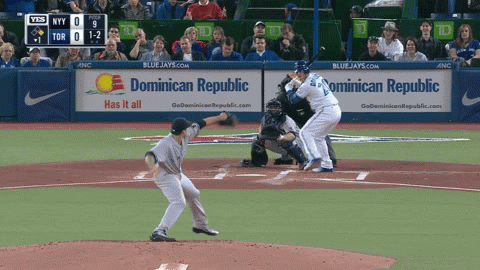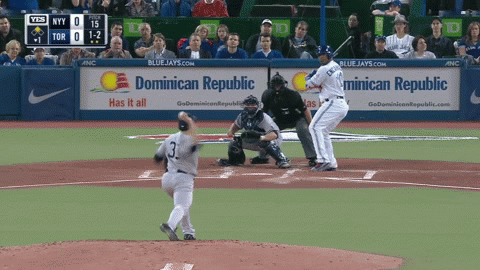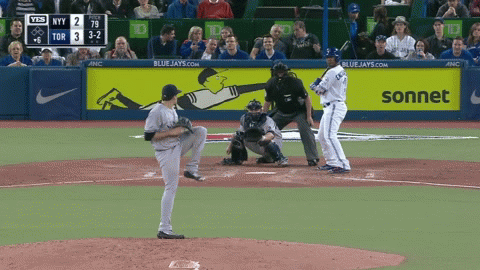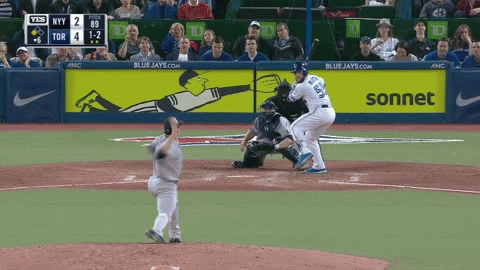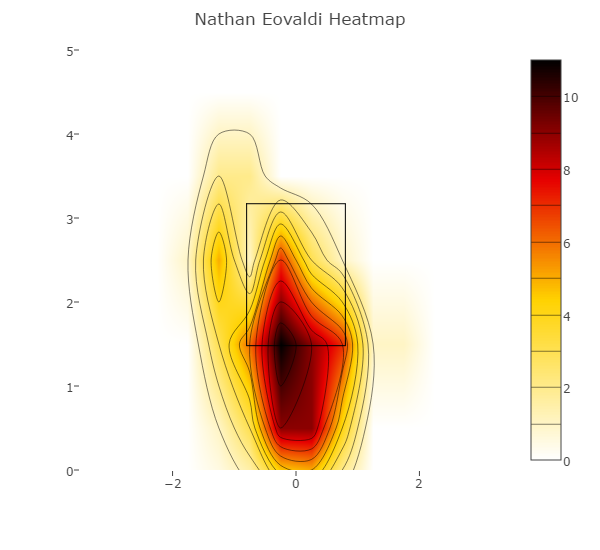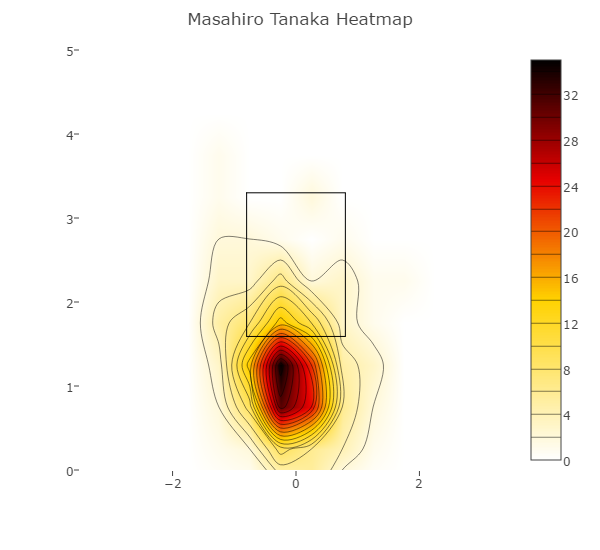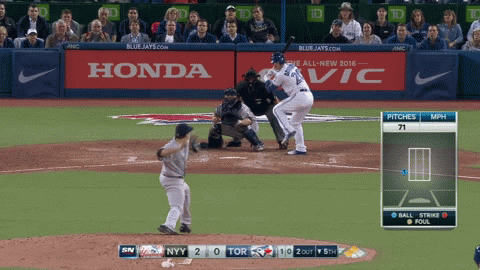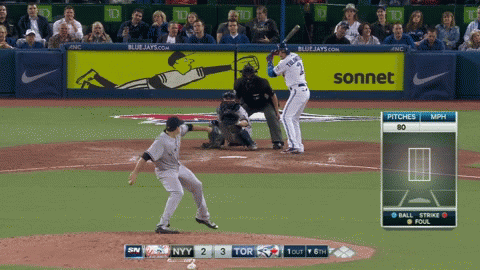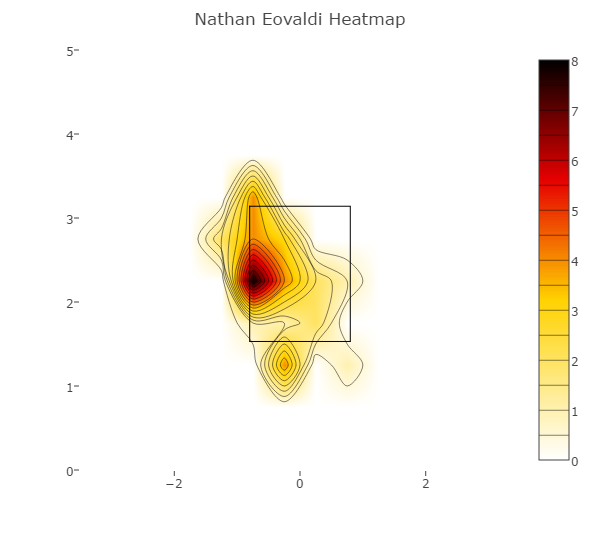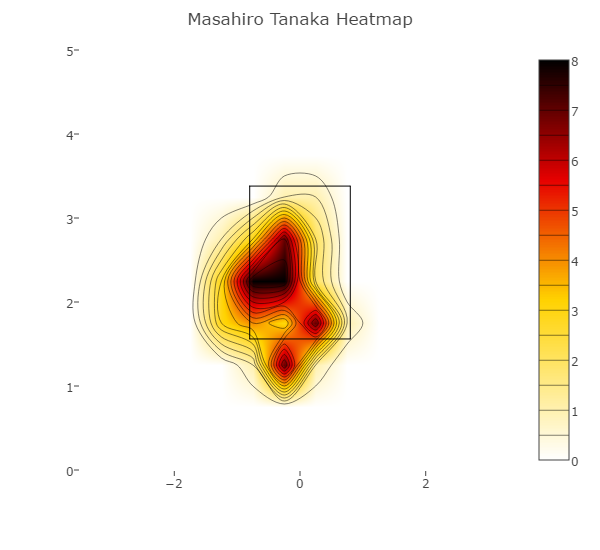Just over one percent of pitches thrown in the major leagues are splitters. It’s not as rare as the knuckleball, but it’s closer to being a knuckler than a cutter in its rarity.
There are very few teams whose fates this season rest on their ability to either throw it or hit it. The pitch pokes its head out from time to time to influence individual games, but rarely does it create meaningful ripples in the baseball universe.
For the New York Yankees though, it has a little more significance as 40 percent of their rotation relies on splitters to put away opponents. When the pitch is on for either Nathan Eovaldi or Masahiro Tanaka the aesthetics are brilliant as hitters find themselves lunging at pitches and coming up completely and utterly empty
Last Thursday night, Eovaldi showed just how devastatingly the pitch could be against a dangerous Blue Jays lineup. In the first, he discombobulated the reigning MVP beyond recognition.
That is not what a Josh Donaldson swing is supposed to look like.
He also baffled mighty slugger Edwin Encarnacion twice with the pitch.
On his last strikeout of the night, he didn’t even need the splitter to sniff the plate.
These visuals serve to reinforce the existing knowledge the splitter is a magnificent pitch, but it’s also perhaps the most finicky offering in baseball, non-knuckleball division.
For a hitter to be fooled by the pitch it needs tardy movement and a significant drop, coming to a rest below the strike zone, preferably in the dirt. The heatmaps below show the location of the splitters Eovaldi and Tanaka have used to get whiffs in their respective careers.
Eovaldi
Tanaka
It’s not unusual for a pitcher to look to bury his strikeout pitches whether they are curveballs, sliders, or splitters. However, the effectiveness of the splitter is particularly reliant on tumbling out of the strike zone.
When this tumbling fails to occur, bad things happen. On Thursday, the Yankees lost the game as a result of a splitter that only fell after Donaldson hit it 424 feet first.
To hammer home the lesson Troy Tulowitzki took a very similar splitter and hit a laser beam home run the very next inning.
The location of those pitches, low-strike zone and middle-in, is exactly where Eovaldi has been burned on his spitter before. The heatmap below shows the location of the splitters he’s thrown that went for hits.
Similarly, Tanaka’s splitters that have been hit have been those that stay in the zone.
Once again, this is all intuitive to some degree. Hitters are better at driving pitches in the strike zone, and more likely to miss those outside of it. That being said, the discrepancy with the splitter is extreme. By virtue of failing to exit the zone it becomes a meatball, but if the drop is right its virtually unhittable.
Two pitchers the Yankees are relying heavily on are living dangerously every start, especially considering how freely home runs flow in the AL East. Tanaka has struggled with the long ball and as his reliance on the splitter grows, it while be interesting to see if Eovaldi trends in that direction.
Even so, they both possess a rare pitch that tends to do more good than harm. There is no reason to be alarmed by the offering just because it’s a little different. The splitter should be a boon the Yankees’ right-handers all year.
As long as they keep the damn thing down.
Lead photo: Brad Penner / USA Today Sports

